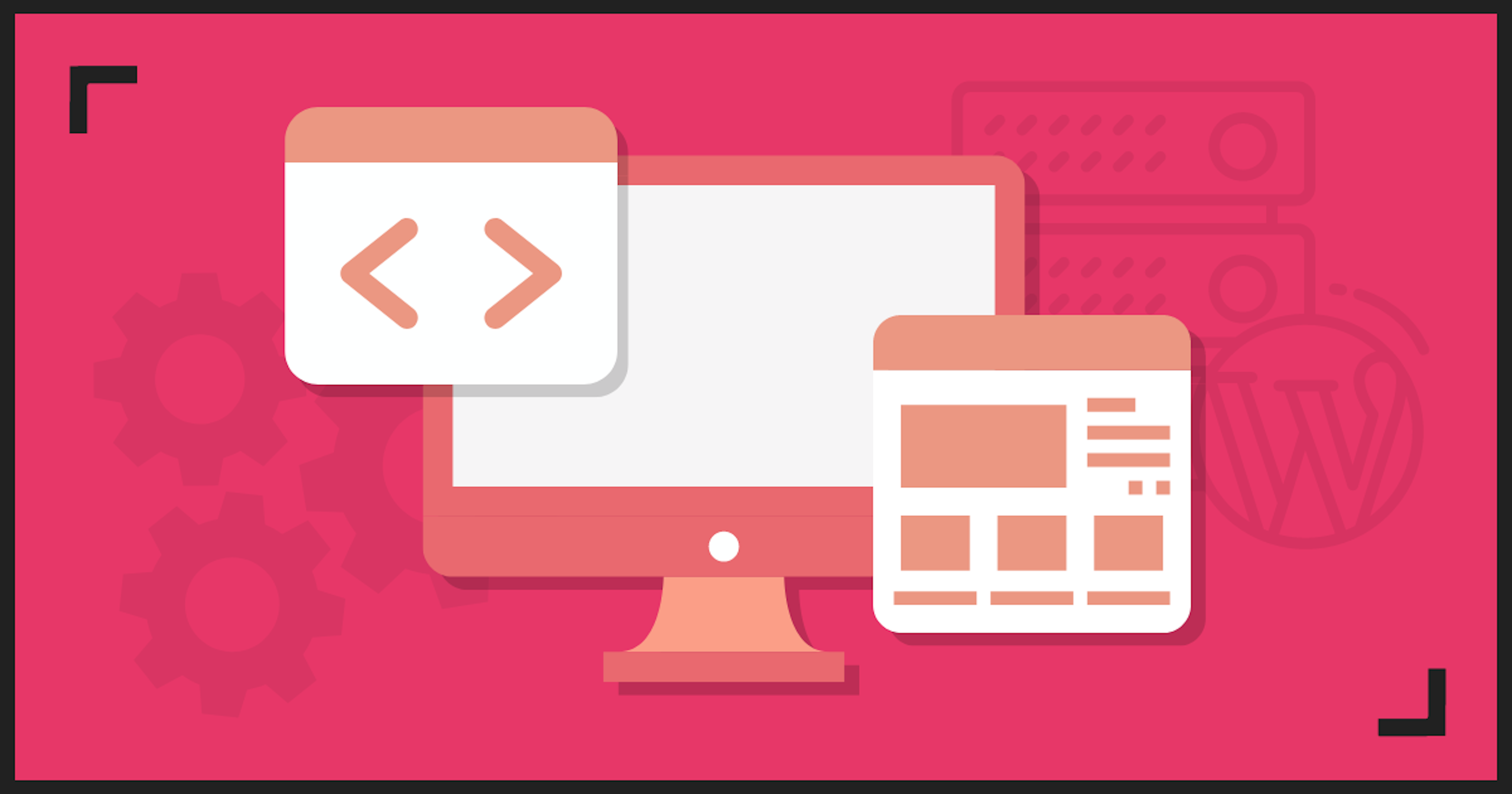A headless CMS, or content management system, is a type of CMS that separates the front-end presentation layer from the back-end content management system.
In traditional CMS systems, the front-end and back-end are tightly coupled, meaning that changes to the back-end can affect the front-end presentation, and vice versa. This can make it difficult for users to manage and update their content without disrupting the overall design and functionality of their site.
Headless CMS provides a number of advantages for organisations, which we will be exploring in this blog.
Improved flexibility and scalability
One of the key advantages of a headless CMS is improved flexibility and scalability. Because the front-end and back-end are separated, users can manage and update their content without being tied to a specific platform or technology. This makes it easy to scale and adapt the site to changing needs and requirements, such as adding new features or integrating with third-party services.
For example, a headless CMS allows users to easily add new content types, such as video, audio, or interactive elements, creating engaging and dynamic user experiences.
Better integration with other systems
Another advantage of a headless CMS is the ability to easily integrate with other systems and platforms. Headless CMS users can access their content through an API, rather than being tied to a specific platform or technology. This makes it easy to integrate with mobile apps, IoT devices, social media platforms or email marketing tools.
This can be especially useful for businesses that want to provide their customers with a personalised and engaging mobile experience.
Enhanced user experience
Unlike a traditional CMS, a headless CMS allows developers to build custom, personalised, dynamic front-end user experiences that are tailored to the specific needs and preferences of each user.
The Bigger Picture Approach: WordPress as a headless CMS
WordPress is a popular content management system that is often used as a headless CMS.
WordPress is an open-source platform that is constantly being updated and improved by a global community of developers. This means users can easily add new features and functionality to their site, such as new content types, custom fields, or third-party integrations.
With a built-in REST API, WordPress supports a wide range of content types, including text, images, audio, and video, and allows users to access and manage their content through a variety of different devices and platforms.
This allows users to provide better user experiences for visitors to their site and create engaging and dynamic user experiences.
Headless CMS: Need more advice?
A headless CMS is a powerful tool for managing content and delivering it to a wide range of devices and platforms. It offers flexibility and scalability, allowing organisations to easily create and manage content, and make it available to users in the format and on the devices of their choice. This makes it an ideal solution for companies looking to improve their digital presence and better serve their customers.
If you want to find out more about the potential benefits a headless CMS can have for your business, speak to one of our experts at Bigger Picture today.

